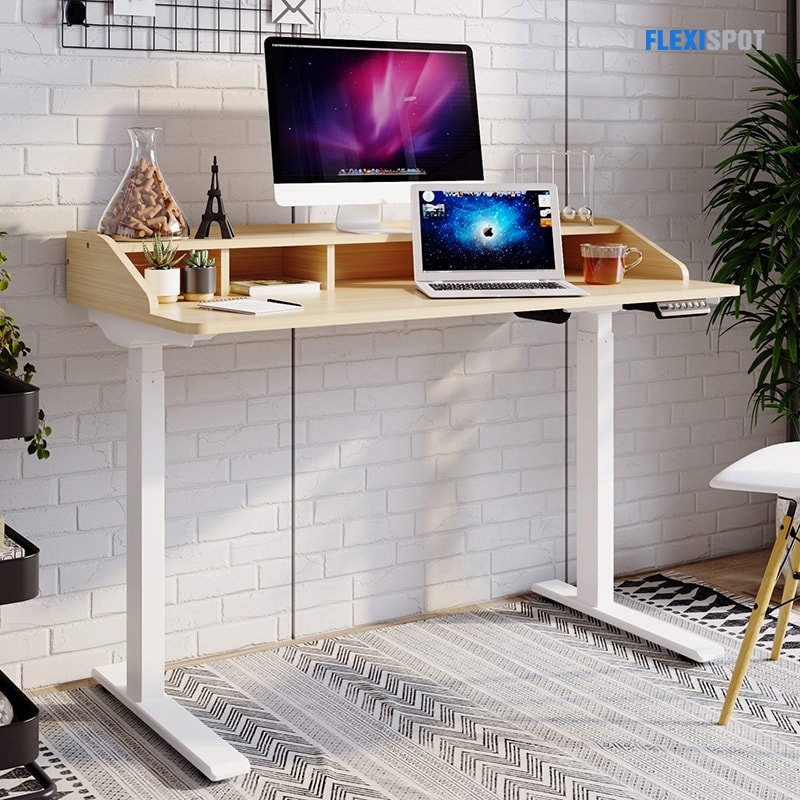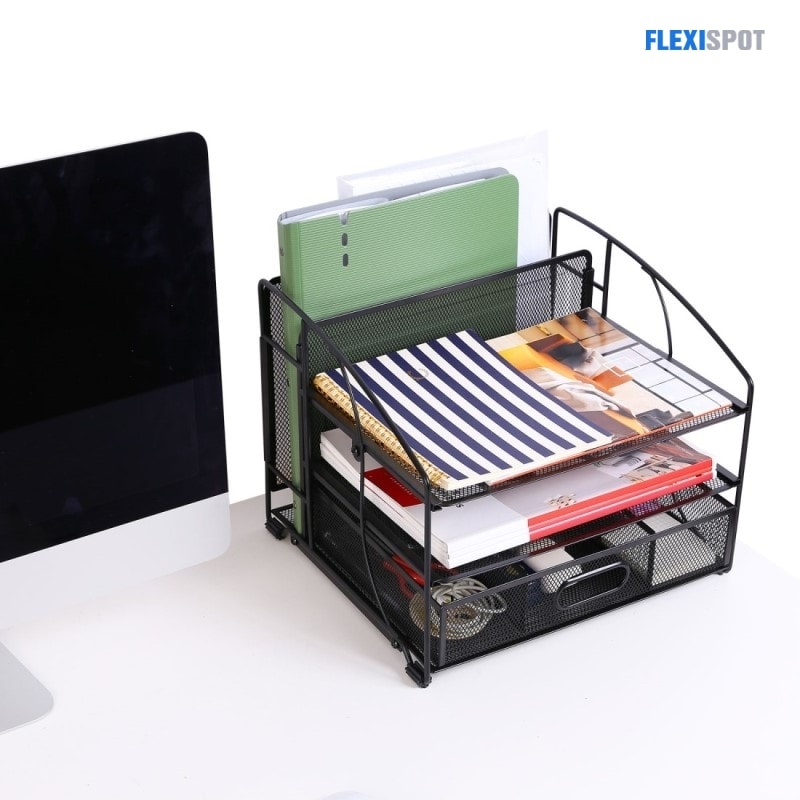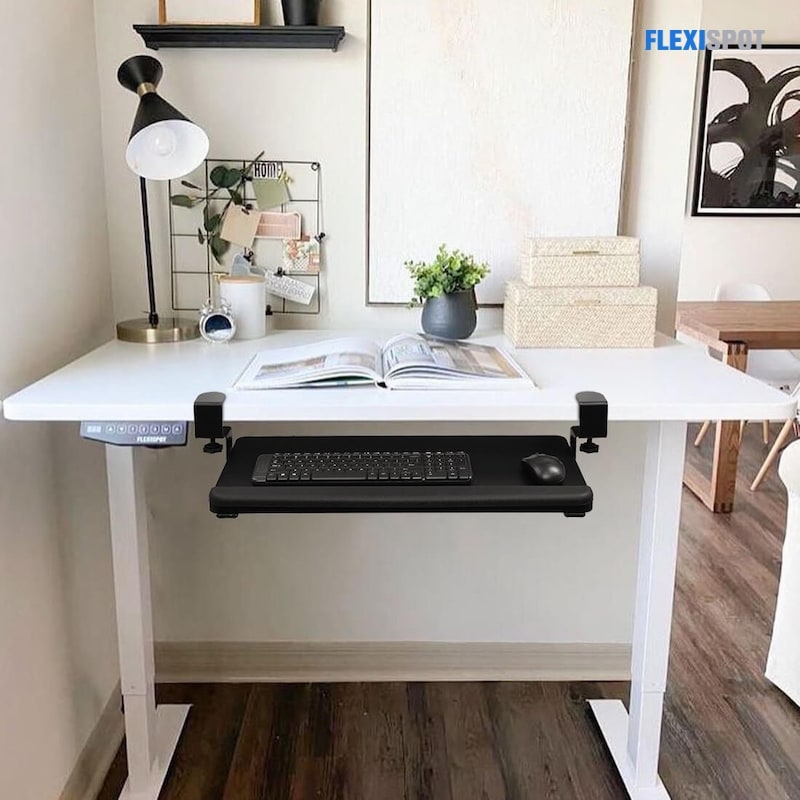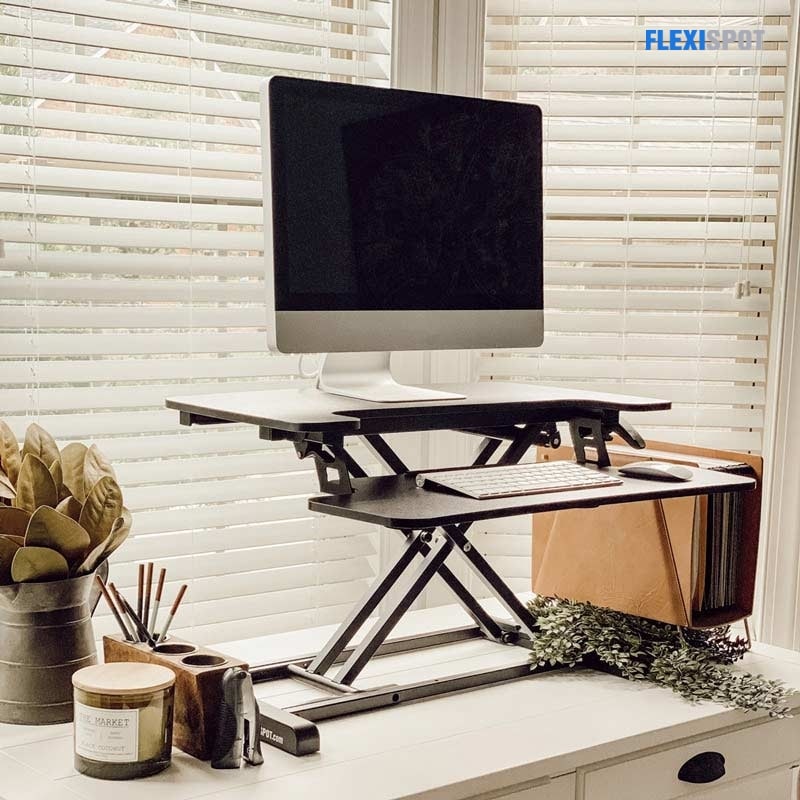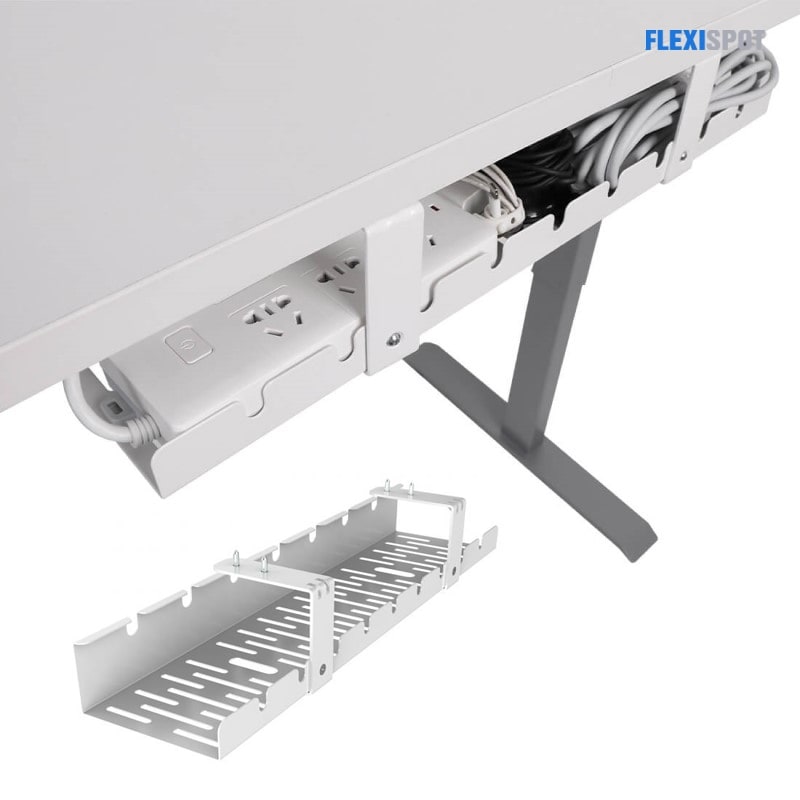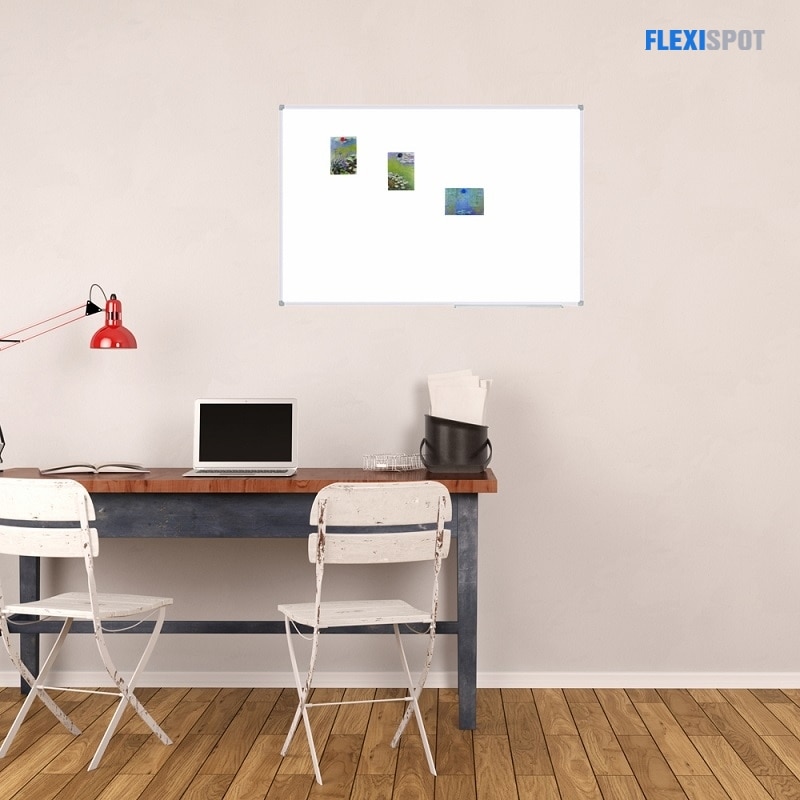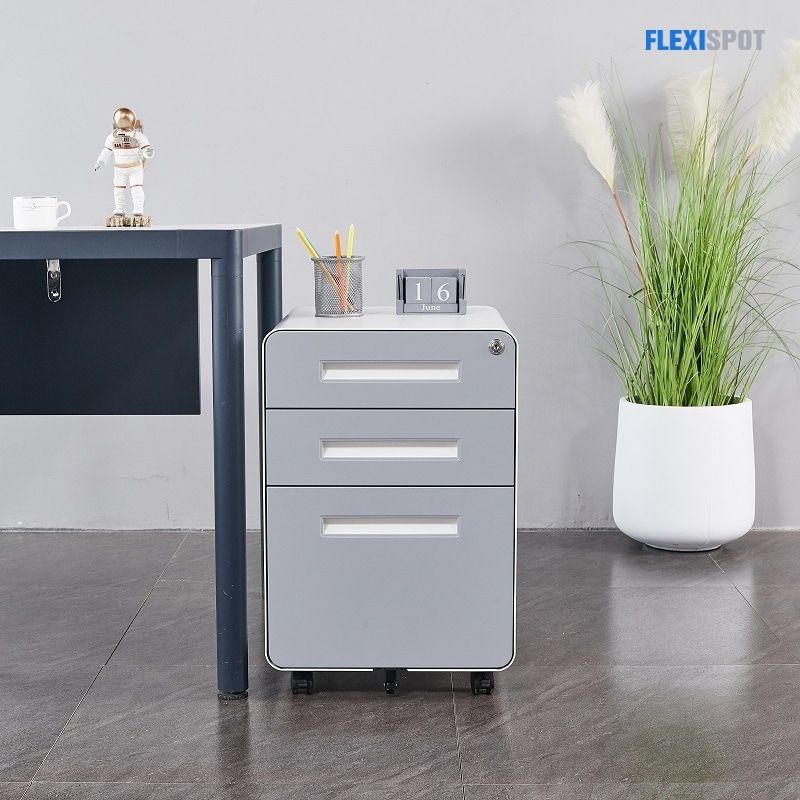Desks are necessary pieces of furniture when managing your workstation, whether it be at home or the workplace. And, while that may appear to be a thorough process at times, maintaining your desk tidy and structured is critical if you want to render your workspace efficient. Desks are a regular sight in offices and work environments. The size and sort of workplace largely influence the size and number of desks in your office. A small workspace will likely not have more than one desk, whereas larger spaces can have more than one desk. In most cases, the primary function of a desk in these workspaces is to:
- Store items
- Provide you with an efficient workspace, particularly for working with computers and writing tasks
Locating an area for your desk in a small office space can be tricky, and you might just have to deal with small workstations without drawers. Desk drawers are lovely inventions. They keep our clothes nicely folded, provide extra room for all of the little knick-knacks that pile up on our desks, and aid in the organization of any space we have. Desk organization is beneficial because it enables you to stay on top of things in other aspects of life. With or without drawers, you can get the most from your desk with the right arrangement.
Desk location
The position of your work desk is also essential to remember. Desks without drawers are generally smaller than workstations with drawers, but that isn't always the case. While this may be an edge, when it is not adequately positioned, it can be a significant obstacle to the configuration of your workplace. Ensure that the desk does not block easy movement in the workplace and is placed to maximize space. The desk should also be placed in a spot where items can be briefly dropped, especially if that's the only desk in the workplace.
Clear your desk of anything unnecessary
Having a clear space is vital to remain organized! – To maintain a clear workspace, start by removing any items from your desk that aren't necessary or useful for what you're working on presently. Pens and pencils are included. It is best to keep your supplies close together and easily accessible. This will not only help with organization, but it will also keep them from getting lost on your workstation. Put them within reaching distance of where you're sitting.
Wall space
Use the wall space behind your desk to your benefit. This will not work if your desk is not against a wall or in front of a window. In such cases, move your desk against an empty wall. It not only increases your storage and organization areas but also prevents items from falling off your desk. Supposing your desk is against a wall, here are some things you can do to orchestrate it.
Shelves: If possible, install some shelves on the empty wall above your desk. This makes it easy to store documents, books, or ornaments. You can also include under-shelf storage baskets for small items that would generally be kept in drawers. One thing worth noting when using wall space is to keep your stuff close at hand. You wouldn't want to put shelves high above your desk where you won't be able to reach it whenever you need it.
Pegboard: Pegboards are fantastic for storing those unwanted pieces that take up space on your desk. The usuals are headphones, charging cords, or connection cables. To keep your stationery tidy, you can also attach pegs to the back of cups or keepers. The best part about pegboards is that you can always reorder the pegs to meet your specific needs. Pegboards can catch pace with the continuous changes of your equipment and workstation arrangement based on what you use your desk for.
Desk organizer
A desk organizer is a significant organizing device for your work desk. A tool that resembles a tray and is typically divided into smaller divisions. It takes up very little space on your desk and can hold small items like markers, paperclips, and pencils, as well as brochures, staplers, and letter openers. Each object can be found by placing it in a specific compartment.
Keyboard tray
You need as much space on your workstation as possible for maximum productivity. Instead of taking up workspaces, you can place your keyboard on a movable keyboard tray. This tray is installed directly beneath the desk. It's ideal for saving desk space and maintaining good posture. Some keyboard trays come with an installation guide, allowing you to set them up yourself easily.
Desk paper tray
Your paperwork could be managed to keep organized with a set of layered paper trays. It also requires less space on your desk, placing emphasis on other activities. Each tray can be labeled to indicate inbound and outbound communication, as well as files that need your immediate attention. Because the paper tray can only hold so much, you will also have to remove old documents that you no longer need.
Monitor riser/stand
A monitor stand raises your computer monitor off of the desk surface. This gives you extra space underneath to tidy your possessions. You could get a monitor stand, some of which have compartments under the riser. This is an excellent location for small items such as pencils and sticky note pads.
Organize cables
With all of the innovation we use nowadays, cables can become a little out of control. You could have cables for your computer, smartphone, external hard disk, headsets, a lamp, and other devices. To handle the wires on your desk and make them less of an absolute mess, try FlexiSpot's cable management suggestions.
Magnetic Bulletin Board
Magnetic spice cans are helpful in keeping small materials such as paper clips and USB sticks. You can also use it to hang notes, just like every other bulletin board. Only magnetic pins are used in this. It's also great for displaying photos. If you have a small desk, you could use magnetic hooks to hold small office supplies like staplers. These are designed to store cleaning supplies like microfibers to the side of the sink. They are strong magnets, allowing them to hold bulkier office supplies on the wall.
Side rails
The edges of your desk are also suitable for storing and coordinating your items. A wire tethered to the desk's side rim keeps plastic containers packed with pencils, marker pens, and other things. You can also hang items from tension rods between the desk legs or add hooks for headsets and other necessary items.
Storage cabinet
If you have the extra space, a storage cabinet can provide a huge amount of additional storage. These would be great for storing pieces that you don't need on display all the time or that you don't use very often. If you ever need to keep a certain amount of paper, consider using a filing cabinet, or look at other paper storage ideas.
Trash can
Place a trash can near or under your desk. This will allow you to eliminate any documents that are no longer useful quickly. If you haven't a trash can nearby, that unessential documentation will pile up on your desk, causing clutter. The trash bin should be big enough so that it would not overflow.
Clean routinely
Daily cleanup of your desk would also go a long way toward keeping your desk spotless and organized. By conducting a daily wipe down, you can ensure a structured desk at the start of each day. Set aside sometime each day to tidy your desk. It could happen during the regular office cleaning or at varying times. Throughout this routine, the desk can be decluttered appropriately as well as cleaned.
Organizing a desk without drawers is primarily about managing a significant unit of your work area. This is especially true considering the importance of the workstation. You can keep your desk clean and neat without drawers by getting creative.

